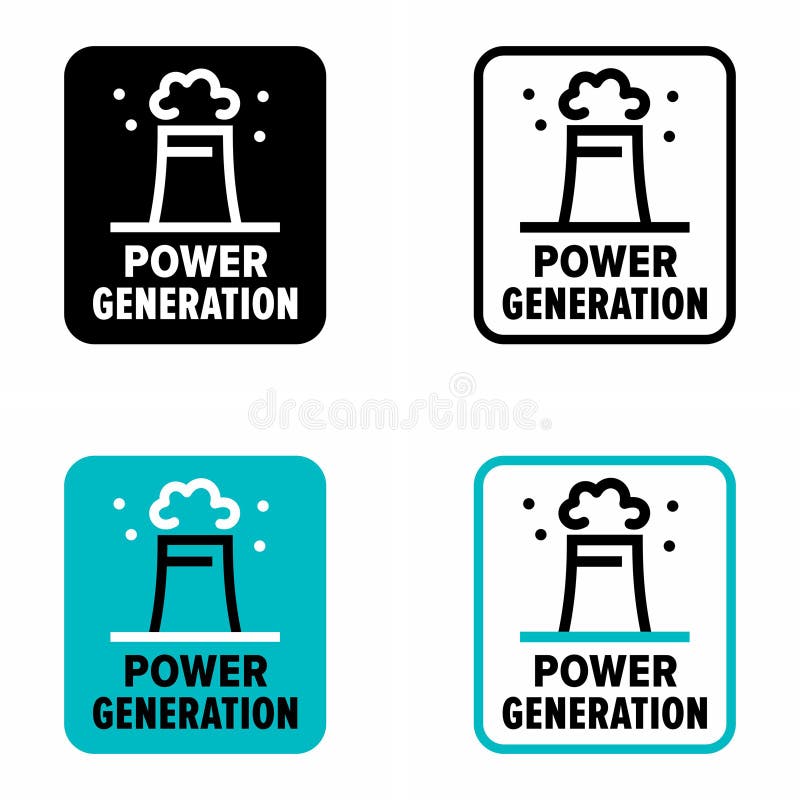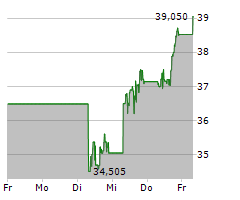

Container II is suitable for the storage of RFW with 19.77% 235U enrichment with maximum loading capacity was 75%. Based on the calculated keff values and maximum loading capacity, container I is considered to be suitable for the storage of RFW with 10.894 % 235U enrichment and LRUW with maximum loading capacity were 100 and 75%, respectively. The keff values were then calculated for the storage of each type of waste in a stainless container with four different types and at 25, 50, 75, and 100% loading capacity. Stainless steel container and high-level waste storage facility in the Center were considered as the suitable option for the RFW and LRUW storage. The latter was carried out by calculation of keff values, then compared the calculated values to that of threshold value (keff<0.95). This paper discusses the storage strategy that is suitable with the existing facilities in the Center for Radioactive Waste Technology and the criticality analysis of the storage scenarios. Moreover, the waste also have high acidity and radioactivity level. These waste types pose a risk of nuclear criticality because of the high content of uranium and fission products. Production of 99Mo by CINTICHEM method generated various radioactive waste, among which are Radioactive Fission Waste (RFW) and Liquid Radioactive Uranium Waste (LRUW). The final yield for the MR1 route was 84.4 % and the overall time process was about 7 hours, whereas the MR2 route reached 75.3 % in 9 hours. The route MR2 was carried out also by chromatography applying two columns filled with Dowex 1x8 and alumina respectively, but including a sublimation process performed in a tubular oven under programmed conditions. The MR1 route was performed by three chromatographic columns packed with Dowex 1x8 resin, Chelex resin, and alumina, respectively. In this work, two routes of 99Mo purification, MR1, and MR2, were purposed as an alternative to be set up in the Brazilian Multipurpose Reactor project (BMR). At the main production plants, the 99Mo chemical processing may be lined up in several steps to separate it from other fission products according to the features of the used targets or the local requirements as well. It is provided by 99Mo radioactive decay, which is one of the fission products from the uranium irradiation in nuclear reactors. Lastly, 99Mo production process paired with the KAERI’s own LEU target was proposed as one of the most suitable processes for the LEU target.ĩ9mTc is the most applied medical radioisotope in the world, especially for cancer diagnosis procedures.

Mitigation of the radioxenon emission from the medical radioisotope production facilities was discussed related with the monitoring of nuclear explosions and comprehensive nuclear-test-ban. Since dramatic increment of intermediate level liquid waste is also expected from the conversion, effective strategy to reduce the waste generation from the fission 99Mo production is required.

Development of new LEU targets with higher density was requested to compensate the loss of 99Mo yield, caused by significant reduction of 235U enrichment, from the conversion. Recently, important issues has been raised for the conversion of fission 99Mo targets from HEU to LEU. Most of the industrial-scale 99Mo processes have been based on the fission of 235U. In this review, radiochemical routes for the production of 99Mo, and the aspects for selecting a suitable process strategy were discussed from the historical overview of 99Mo technology developments. Molybdenum-99 (99Mo) is the most important isotope, since its daughter isotope technetium-99m (99mTc) has been the most widely used medical radioisotope for more than 50 years covering more than 80% of total nuclear diagnostics worldwide.


 0 kommentar(er)
0 kommentar(er)
